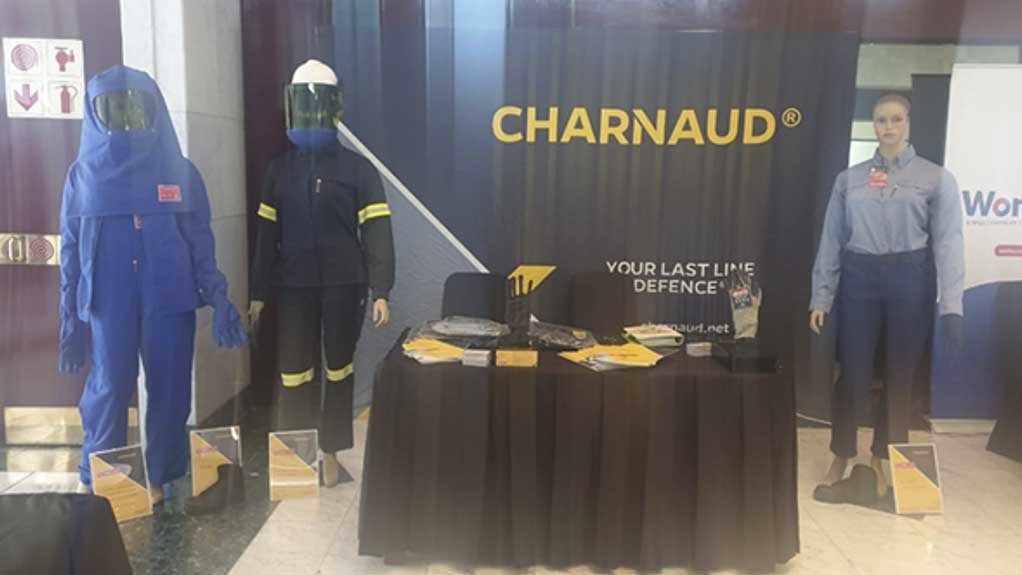Hi-tech protective clothing manufacturer Charnaud stresses that the safety of all employees depends on the creation and strict implementation of a personal protective equipment (PPE) plan.
Elaborating on how to create a PPE management plan and put it into action, the company says that companies, particularly those that deal with hazardous materials and operate in hazardous work environments, need a PPE management plan.
The plan should be driven by a management team that practises what it preaches, inspiring buy-in from the rest of the employees.
Additionally, the plan should be well-thought out and the PPE carefully ordered, while being easy to adhere to.
Every company has a different set of needs. However, there is a three-step process the business can adhere to, to effectively implement the PPE plan.
The first step would be to perform a hazard assessment.
The assessment would cover the entire working environment – each different location on the premises – and look for hazards from those posed by hazardous materials and machines to tripping risks and moving objects.
Thereafter a comprehensive list is draw up noting these hazards, dividing them into different categories, namely penetration, compression, chemical, heat/cold, light radiation and biological.
The company would need to ask its employees for their views on how their jobs could be made safer.
Secondly, a safety committee would need to be appointed.
The committee would be made up of employees who will be responsible for the management and implementation of the plan.
This committee will play an integral role in drawing up the plan.
Finally, the committee in conjunction with the employees would draft up the PPE plan.
The exact content of the plan will depend on the company’s needs, but should encompass: a purpose statement, a section outlining the members of the committee and their collective and individual responsibilities, guidelines for all the PPE that the company will use, training guidelines and checklists that can be used to monitor the plan.
Implementing the Plan
The implementation of the plan again entails a three step process. Firstly, the committee must research and strategise regarding the company’s PPE, and with the general plan in place, the company must look into the specific types of PPE it needs to acquire.
There may be some PPE that can be used in several different ways, enabling the company to double up and save money, as well as making implementation simpler.
Charnaud stresses that the client should start speaking to its PPE supplier immediately.
The second step involves the company buying its PPE, but only after considering recommendations, looking at quotes and comparing the available equipment with the company’s needs.
The company must consider not only budget but also make sure that it is getting the best quality gear possible, to keep its team safe at all times.
Finally, the company must train its employees in the use of PPE and the protocols included in the plan; even the best PPE is not much good if it is not used correctly.
Creating a thorough training programme, with a supplier’s help and advice to ensure that all gear is properly used, worn, maintained and stored, is essential.
Edited by: Zandile Mavuso
Creamer Media Senior Deputy Editor: Features
EMAIL THIS ARTICLE SAVE THIS ARTICLE
ARTICLE ENQUIRY
To subscribe email subscriptions@creamermedia.co.za or click here
To advertise email advertising@creamermedia.co.za or click here













